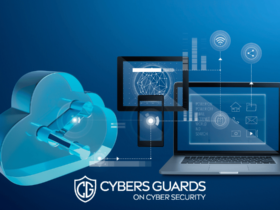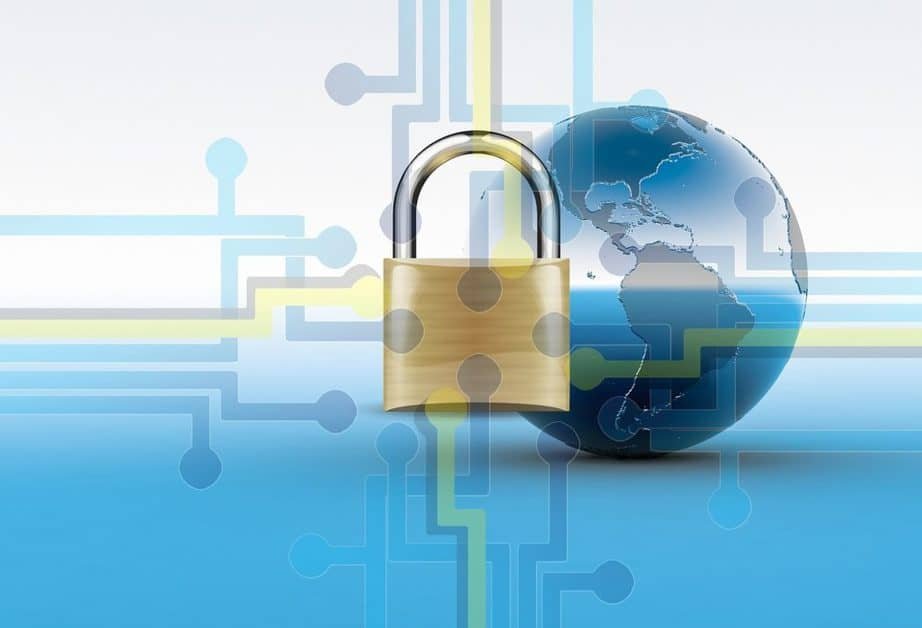In today’s digital age, data breaches have become more common than ever before. From stolen credit card information to leaked personal details, the consequences of a breach can be devastating for individuals and businesses alike. Knowing how to report a data breach is crucial in minimizing its impact and preventing further damage. In this blog post, we’ll guide you through the steps you need to take if you suspect your data has been compromised, as well as provide tips on how to prevent future breaches from occurring. So grab your pen and paper (or bookmark button!), because it’s time to learn about reporting a data breach!
What is a data breach?
A data breach occurs when unauthorized individuals gain access to sensitive information, such as personal identifiers or financial details. This can happen through various means, including hacking into a computer system or stealing physical documents.
In many cases, data breaches are caused by human error rather than intentional malice. For example, an employee may accidentally leave their laptop containing confidential files on the subway. Or a company may fail to properly secure their database with strong passwords and encryption.
Regardless of how it happens, a data breach can have serious consequences for both individuals and businesses. Hackers can use stolen information for identity theft or fraud, while companies may face legal penalties and loss of customer trust.
To protect yourself from data breaches, it’s important to take precautions like using strong passwords and being cautious about giving out personal information online. And if you suspect that your data has been compromised in any way, it’s crucial to report the incident immediately to minimize its impact.
How to know if you’ve been breached
One of the most unsettling experiences is realizing that your personal or business data has been breached. However, it’s not always easy to know if you’ve been affected. Here are some signs to watch out for:
Unusual activity on accounts: If there has been any unauthorized access, you might notice suspicious activity on your bank account, credit card statements, or social media profiles.
Unexpected notifications: You could receive an email from a company notifying you that your account information was accessed without authorization or someone attempted to log in with incorrect credentials.
Slow device performance: Malware and viruses can slow down devices and cause other issues such as pop-up ads or freezing screens.
Suspicious emails or texts: Cybercriminals often use phishing scams by sending fake emails and text messages trying to lure individuals into clicking a malicious link.
Being aware of these warning indicators can help you identify potential data breaches early on so that prompt action can be taken.
What to do if you’ve been breached
If you suspect that your personal information has been compromised in a data breach, it’s crucial to act quickly. Here are some steps to take:
1. Contact the company: If the breach occurred at a business where you have an account or provided personal information, contact them immediately. They should be able to tell you what type of data was taken and what they’re doing about the situation.
2. Change passwords: Even if your password wasn’t stolen in the breach, change it anyway as a precautionary measure. Use strong passwords with a mix of letters, numbers, and symbols.
3. Monitor accounts: Keep an eye on all financial accounts for any suspicious activity or unauthorized charges.
4. Freeze credit report: Consider placing a freeze on your credit report so that no one can open new accounts in your name without permission.
5. Be cautious of phishing scams: Scammers may try to use this opportunity to trick you into giving away more personal information through fake emails or phone calls.
Remember that being proactive is key when dealing with data breaches – don’t wait until it’s too late!
How to prevent data breaches
Preventing data breaches is crucial in today’s digital age. Here are some practical tips to keep your sensitive information secure:
1. Train your employees on cybersecurity practices: Educate your staff on how to recognize and avoid phishing scams, create strong passwords, and handle confidential data.
2. Use encryption technology: Encryption can help protect data from unauthorized access by converting it into a code that only authorized parties can decode.
3. Implement multi-factor authentication: Two-factor or multi-factor authentication adds an extra layer of security to login processes by requiring users to provide additional verification beyond a password.
4. Keep software up-to-date: Regularly updating software patches and security updates can prevent vulnerabilities in the system that hackers often exploit.
5. Monitor network activity: Keeping tabs on incoming and outgoing traffic can alert you to any unusual activity or potential threats before they become major issues.
By implementing these measures, you’ll be better equipped to minimize the risk of a data breach occurring within your organization.
Conclusion
In today’s digital world, data breaches are becoming increasingly common. It is essential to take all necessary measures to protect yourself and your organization from such incidents. By following the tips mentioned in this article, you can help prevent data breaches or minimize their impact if they do occur.
Remember always to stay vigilant and keep an eye out for any suspicious activity on your accounts. Don’t forget to regularly update your software and use strong passwords as well as multifactor authentication where possible.
If you’ve been breached, it’s vital that you act quickly and report the incident immediately. The faster you respond, the quicker authorities can investigate and prevent further damage from occurring.
Data protection should be a top priority for everyone involved in handling sensitive information online. With proper security measures in place, we can work towards preventing these breaches from happening altogether.
Stay safe online!











FIND US ON SOCIALS